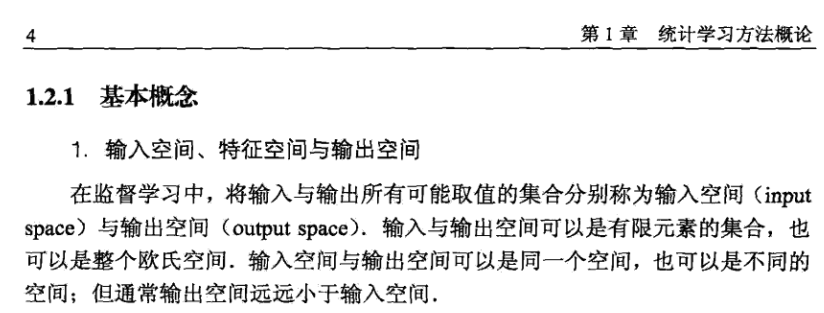一、定义:
What is Machine Learning?
Two definitions of Machine Learning are offered. Arthur Samuel described it as: "the field of study that gives computers the ability to learn without being explicitly programmed." This is an older, informal definition.
Tom Mitchell provides a more modern definition: "A computer program is said to learn from experience E with respect to some class of tasks T and performance measure P, if its performance at tasks in T, as measured by P, improves with experience E."
Example: playing checkers.
E = the experience of playing many games of checkers
T = the task of playing checkers.
P = the probability that the program will win the next game.
In general, any machine learning problem can be assigned to one of two broad classifications:
Supervised learning and Unsupervised learning.
什么是机器学习(机器学习的定义):
Arthur Samuel:在没有对计算机进行明确编程的情况下,使其具备学习能力的研究领域。
Tom Mitchell:一个程序被认为能从经验E中学习,解决任务 T,达到性能度量值P,当且仅当,有了经验E后,经过P评判,程序在处理 T 时的性能有所提升。
二、监督学习与无监督学习:
1、Supervised Learning - 监督学习
回归问题(Regression):根据已知训练集的正确结果,预测一个连续值的输出。
例:根据离散的房价坐标拟合出曲线图,以预测任何情况下的具体房价。
分类问题(Classification):根据已知训练集的正确结果,预测一个连续离散值的输出。
例:根据肿瘤的的特征(大小,形状)来判断肿瘤的性质(良性、恶性)。
2、Unsupervised Learning - 无监督学习
聚类(Clustering):把数据分成不同的聚类。
鸡尾酒宴问题(Cocktail Party Problem):声音分离,Octave
插屏:




摘自:《统计学习方法》- 李航
to be continue
https://www.coursera.org/learn/machine-learning/lecture/db3jS/model-representation